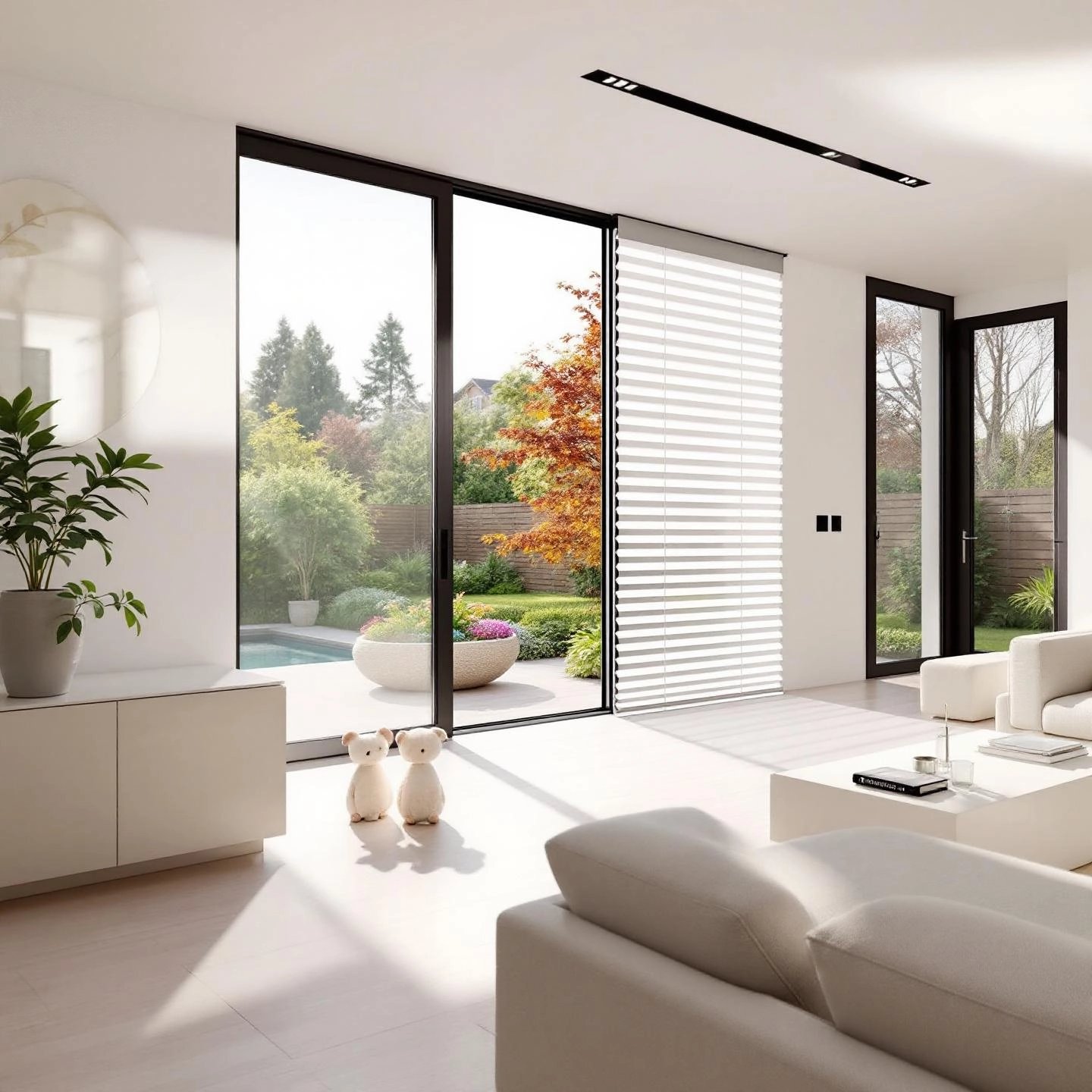
Imagine opening your doors or windows wide on a sunny day—letting in a gentle breeze, the scent of the outdoors, and plenty of natural light. But, what about those pesky insects that always seem to find their way inside? For many homeowners, the challenge has been finding a solution that allows for unobstructed airflow while keeping bugs at bay, all without compromising the look and feel of modern interiors. That’s where the pleated screen comes in.
So, what makes a pleated screen different from the standard mesh screens you might be used to? Unlike traditional screens that are fixed or bulky, pleated screens use a unique folding, accordion-style mesh. This design allows the screen to retract neatly when not in use, taking up minimal space and preserving your view. When you need it, you simply slide the screen across—no heavy frames or awkward mechanisms. The result? A seamless, stylish barrier that blends effortlessly into any doorway or window.
Whether you’re renovating a contemporary home or updating a classic space, pleated screens offer a practical and visually appealing upgrade. They are especially popular in homes that emphasize indoor-outdoor living, as they help connect living areas with patios, balconies, or gardens—without the nuisance of insects or the visual clutter of traditional screens.
As we explore the world of pleated screens in this guide, you’ll discover why more homeowners and designers are choosing these innovative solutions to enjoy fresh air, clear views, and a stylish, pest-free environment.
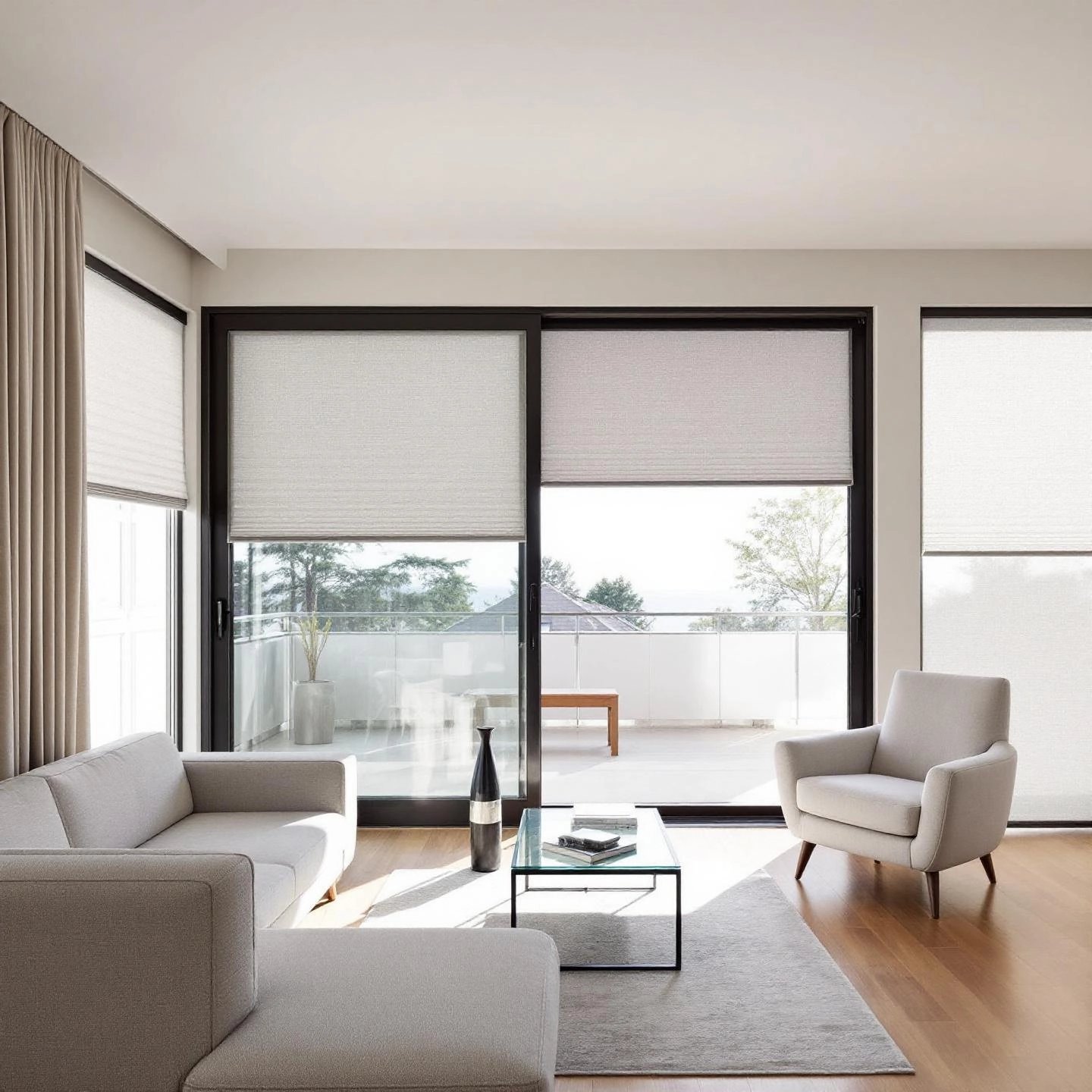
Have you ever struggled to find a screen solution that doesn’t disrupt your home’s style or block your favorite view? You’re not alone. The rise in popularity of pleated screens is no accident—they offer a unique blend of modern design, practical benefits, and flexible functionality that’s hard to match. Let’s break down the key pleated screen benefits and why they’re winning over both homeowners and design professionals.
Imagine a screen that almost disappears when not in use and doesn’t clutter your living space. Pleated screens are engineered with slim, narrow profiles and clean lines, making them an ideal fit for both contemporary and classic homes. Their understated appearance means they can blend seamlessly with any door or window frame, enhancing—not overpowering—your décor.
Sounds complex? It’s actually the opposite. The accordion-fold mesh glides smoothly across the opening with a gentle push or pull. There’s no need for heavy lifting, complicated latches, or spring-loaded cassettes. Even children and seniors find pleated screens easy to use, making them a practical addition to busy family homes.
When you want to connect indoor and outdoor spaces, standard screens often fall short. Pleated screens shine in these situations, handling everything from expansive sliding doors to unique window shapes. Their flexible design means you can enjoy fresh air and an open feel, even in spaces where traditional screens can’t go.
Picture this: you’re hosting friends on the patio, and you want nothing to detract from your garden view. With pleated screens, the mesh folds away compactly, leaving your sightlines open and your space feeling larger and brighter. When in use, the fine mesh preserves your view while keeping insects out and letting in plenty of daylight (source).
Whether you live in a sleek urban apartment or a more traditional home, these benefits make pleated screens a smart, stylish, and practical choice. Next, let’s explore how these screens are tailored for doors—one of the most challenging areas to screen effectively.
When you think about screening your home’s doors, what comes to mind? Maybe you picture bulky frames or awkward sliding panels that never quite fit. The reality is, modern pleated screen doors have transformed this experience—offering a sleek, adaptable solution for a variety of door styles. Whether you have French doors that open onto a sunlit patio, a wide sliding door for indoor-outdoor living, a bi-fold system for maximizing space, or a classic single entryway, there’s a pleated door screen designed to meet your needs.
Unlike traditional fixed screens, pleated door screens use a folding mesh that glides smoothly across the opening. This means you can cover large spans without heavy hardware or obstructive tracks. When not in use, the mesh folds away neatly to the side, preserving your view and making the most of your living space. The slim profile and flexible installation options make them a favorite for both new builds and renovations.
Still wondering if a pleated screen door will work for your home? Let’s break down the key options by door style, so you can see which features matter most for your space.
| Door Type | Key Benefits | Installation Notes |
|---|---|---|
| French Doors |
|
|
| Sliding Doors |
|
|
| Bi-Fold Doors |
|
|
| Standard Entry Doors |
|
|
Installing a pleated door screen isn’t just about attaching a mesh panel—it’s about creating a seamless fit that complements your door’s function and style. For best results, the opening should be square and the tracks clean and level. Most systems are designed for straightforward installation, but larger or double-panel doors may require professional expertise to ensure smooth operation and longevity.
Imagine stepping out onto your deck or patio, sliding your pleated screen door aside with a gentle push, and enjoying the breeze—without a second thought about bugs or bulky screens. With the right pleated door screen, this effortless experience is possible for nearly any type of entryway. Next, we’ll take a closer look at the retractable designs that make these screens even more convenient for modern living.
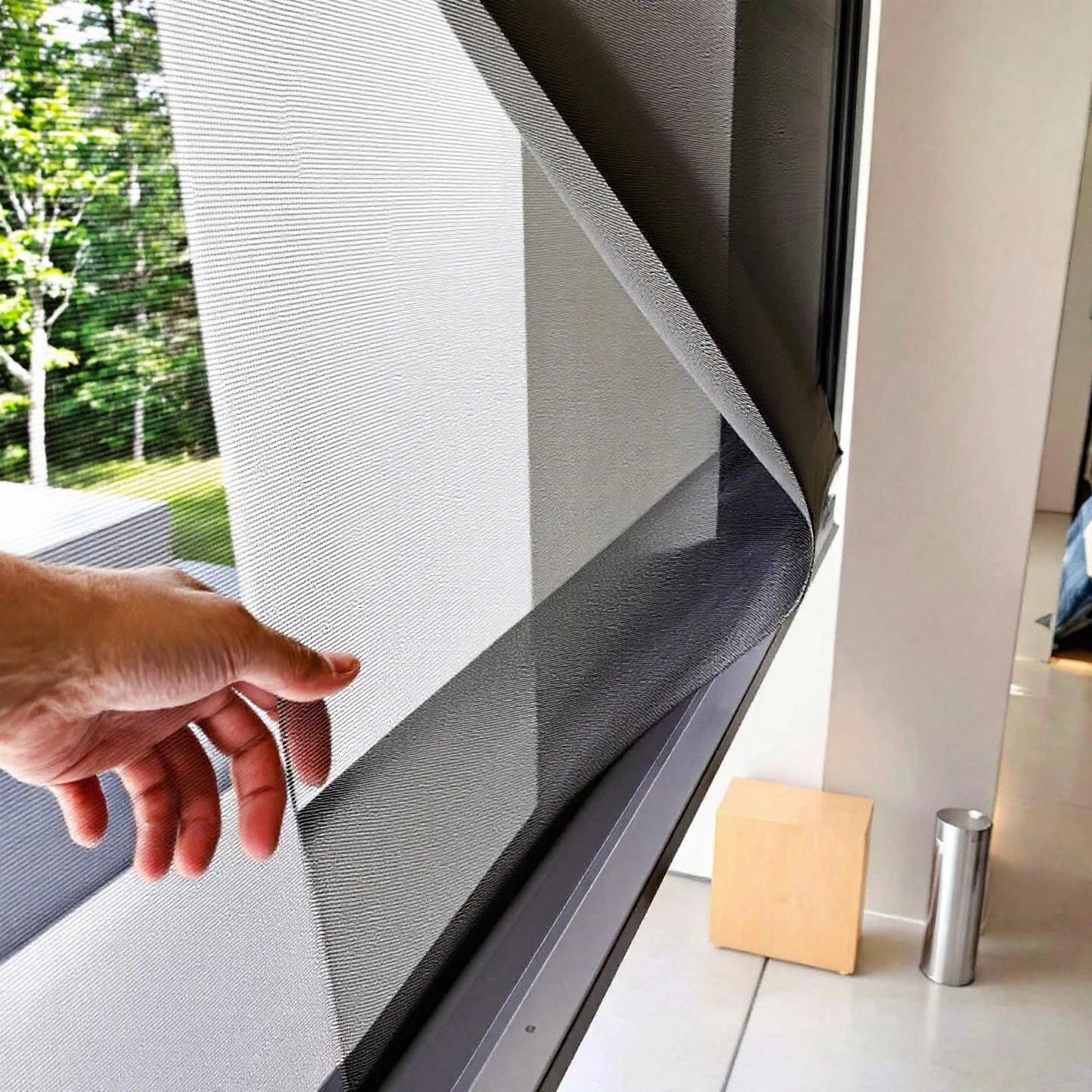
Ever wished your screen door could just disappear when you don’t need it? That’s the everyday magic of a pleated retractable screen. Unlike fixed or sliding screens, these innovative solutions combine flexible functionality with a sleek, modern look—making them a standout choice for contemporary homes and busy families alike.
Picture this: you’re hosting a summer gathering and want to open your doors wide for guests—but you don’t want bugs tagging along. With a pleated retractable screen door, you simply slide the handle, and the accordion-style mesh glides smoothly across the opening. When you’re done, the mesh folds neatly back into its slim frame, virtually vanishing from view. No bulky cassettes, no awkward rolling mechanisms—just effortless transition between open and protected spaces.
When you choose a retractable pleated screen door, you’re investing in a product designed for daily use and long-term performance. Unlike traditional rolling screens—which often rely on springs, motors, or complex mechanisms—pleated retractable screens are operated by hand. This simplicity means fewer parts that can break or wear out, resulting in a smoother, more reliable experience over time.
Let’s face it: nobody wants a screen door that steals the spotlight from their home’s design. One of the greatest strengths of the pleated retractable screen is its ability to disappear—both visually and physically—when not in use. The slim frame, discreet tracks, and compact mesh stack preserve open views and natural light, ensuring your entryway remains the focal point.
Imagine stepping out onto your patio and sliding your pleated retractable screen aside with just a gentle touch—no fuss, no visual clutter, just a seamless connection to the outdoors. It’s this blend of convenience, durability, and contemporary style that makes the retractable pleated screen door an essential upgrade for modern entryways. Up next, we’ll explore how these same design advantages translate to window applications, offering tailored solutions for every room in your home.
When you open your windows to let in a fresh breeze, the last thing you want is an invasion of insects or a screen that blocks your view. So, how do you enjoy airflow, protection, and style—especially if your windows aren’t standard? That’s where the pleated window screen steps in, offering a modern, flexible approach for a variety of window types.
Wondering if pleated screen windows are right for your home? Let’s look at how these innovative screens work with the most common window designs:
Sounds straightforward? There are a few key differences to keep in mind when choosing and installing pleated screen windows versus traditional flat mesh screens:
Still deciding between a pleated window screen and a conventional flat mesh? Consider these key distinctions:
Whether you’re upgrading an older home or finishing a new build, pleated screen windows offer a smart, stylish solution for enjoying fresh air without the hassle. Next, we’ll look at how these screens excel at keeping insects out—so you can enjoy your open windows with total peace of mind.
Ever tried to enjoy a cool breeze indoors, only to be interrupted by buzzing mosquitoes or persistent flies? The real challenge isn’t just letting fresh air in—it’s keeping pests out without sacrificing comfort or style. That’s where the modern pleated insect screen stands out, offering a smarter, more effective shield against unwanted guests.
Unlike traditional flat mesh screens, pleated fly screens use a finely woven, accordion-style mesh that’s both flexible and robust. But what really sets them apart as a pleated mosquito screen is the thoughtful engineering behind every detail. Let’s break down the core components that make these screens such a reliable barrier:
Imagine hosting a summer barbecue with your patio doors wide open. With a pleated fly screen, you can move freely between indoor and outdoor spaces, confident that your living room stays bug-free. Or picture relaxing in your bedroom with the window open at night—no need to worry about mosquitoes disturbing your sleep, thanks to the reliable mesh and secure tracks of your pleated insect screen.
These screens aren’t just for homes, either. Their versatility makes them perfect for verandahs, balconies, sunrooms, or any space where you want to maximize airflow without inviting insects inside.
| Feature | Benefit |
|---|---|
| Tightly woven mesh | Blocks mosquitoes, flies, and even tiny midges |
| Secure tracks | Keeps mesh aligned and prevents gaps |
| Tensioned pleats | Maintains mesh shape and resists sagging or damage |
| Full perimeter sealing | Ensures a complete barrier around the opening |
| Retractable design | Folds away neatly, preserving mesh integrity when not in use |
While both traditional and pleated mosquito screens are effective, the pleated design offers several advantages for modern living:
In short, a pleated fly screen or retractable pleated insect screen is more than just a barrier—it’s a thoughtful upgrade that lets you enjoy the best of indoor-outdoor living, minus the pests. As you consider your options, remember that the quality of the mesh and the precision of the installation will play a big role in how well your screen performs over time. Next, we’ll take a closer look at the materials behind these innovative screens and why they matter for lasting protection and style.
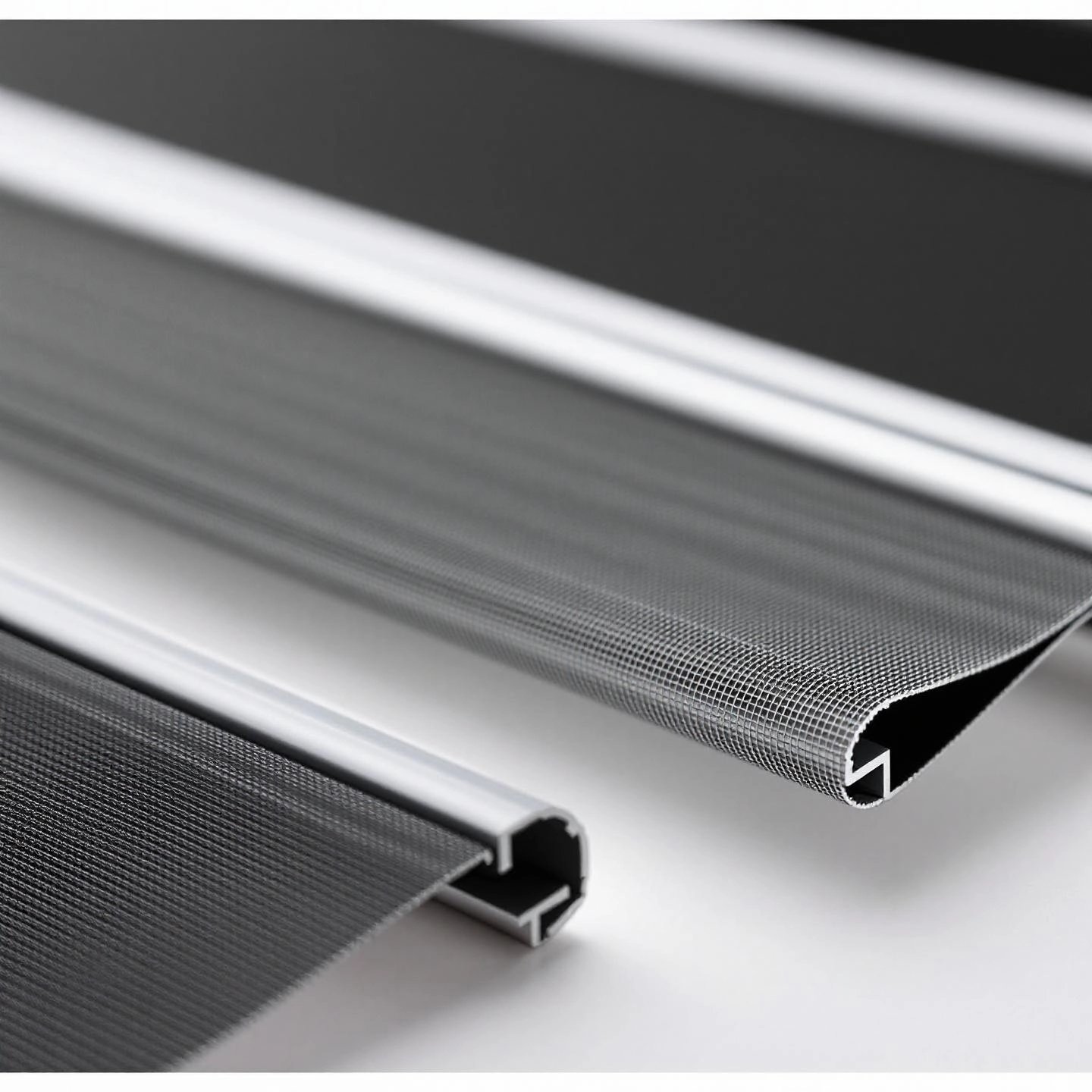
When you’re selecting a pleated mesh screen for your home or business, have you ever wondered what really makes one screen last longer or perform better than another? It’s not just about the design—it’s the mesh and frame materials that truly determine how well your screen stands up to daily use, weather, and time. Let’s break down the key components, so you can make a confident, informed choice for your doors and windows.
First, let’s talk about the mesh itself. The mesh is the heart of any screen: it’s what keeps insects out while letting fresh air in. But not all meshes are created equal. Here are the main types you’ll encounter when shopping for pleated screens:
So, which mesh is best for you? If you need a balance of durability, ease of use, and clear views, polyester or PP mesh are excellent for most residential settings. For maximum longevity and resilience, especially in demanding environments, aluminum or stainless steel mesh are top performers.
Now, imagine your screen’s frame as its backbone. A high-quality frame not only supports the mesh but also ensures smooth operation and a snug, gap-free fit. Here’s how the most common frame materials compare:
Aluminum profile frames strike the best balance for most homes: they’re robust, visually appealing, and built to last for years—even in challenging climates.
Looking for a screen that combines all these material advantages? Shengxin Aluminum stands out as a leading supplier of high-grade aluminum profile pleated screens for both doors and windows. Their products feature:
Imagine installing a pleated screen that not only blends seamlessly with your décor but also stands up to years of daily use, harsh weather, and the demands of busy family life. That’s the peace of mind you get with a premium aluminum profile pleated screen window from a trusted manufacturer like Shengxin Aluminum.
As you weigh your options, remember: the right combination of mesh and frame materials will determine how well your screen performs over time. Up next, let’s explore how you can personalize your pleated screens with colors and configurations to perfectly match your space and taste.
Ever felt like standard screens just don’t match your home’s personality? When it comes to pleated screens, you’re not stuck with a “one size fits all” look. Today’s options let you tailor both the function and appearance to complement your unique style—right down to the frame finish, mesh color, and even the number of panels. Imagine a screen that blends in so well, guests barely notice it—or one that makes a bold, modern statement, like a sleek black pleated screen door.
When you choose a pleated screen, you’ll notice a wide palette of colors for both the frame and the mesh. Why settle for basic white or gray? Many manufacturers offer powder-coated aluminum frames in hues like black, silver, white, and custom shades to match your door or window trim perfectly. The mesh itself can also be selected in colors ranging from classic charcoal to lighter grays or even specialty tints that reduce glare and boost privacy.
It’s not just about color—pleated screens offer flexibility in how they’re configured. Need to cover a wide opening? Choose a double-panel system that meets in the middle. Prefer a clean, single-panel look? That’s available too. Some screens are designed to stack on one side, while others can split for symmetrical access. And for extra-large spans, modular panel systems provide coverage without sacrificing smooth operation or style.
Whether your goal is to make your screen a subtle backdrop or a standout design feature, the customization possibilities are nearly endless. From the ever-popular black pleated screen door to bespoke multi-panel solutions in your favorite color, there’s a combination to suit every taste and need. Up next, we’ll help you put it all together with a checklist of key factors to consider before making your final choice.
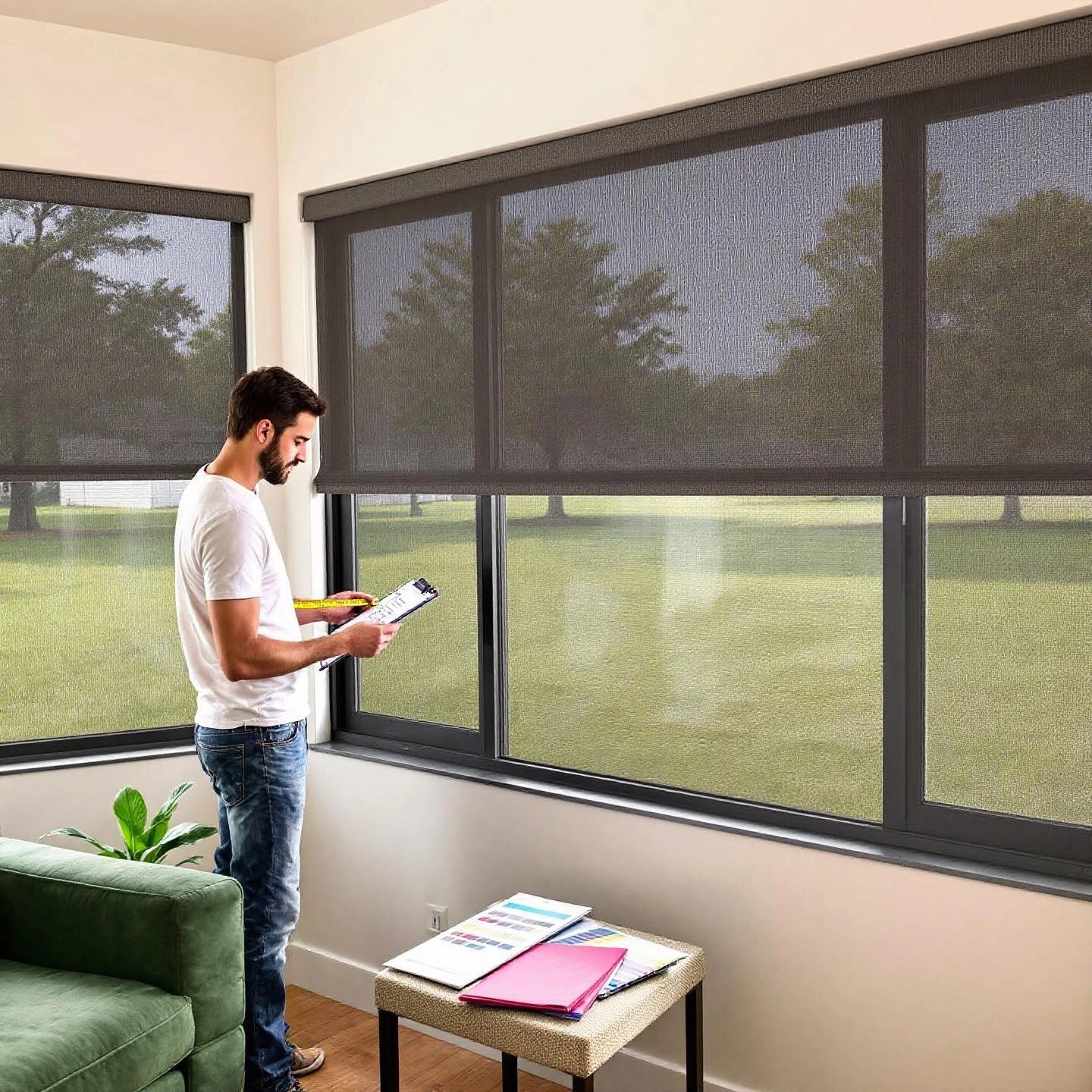
Ready to upgrade your doors or windows with a pleated screen but not sure where to start? With so many options—whether you’re browsing a local store, searching for a pleated fly screen bunnings style, or comparing online suppliers in the pleated screen door Philippines market—it’s easy to feel overwhelmed. Let’s break down the essential steps with a practical, easy-to-follow checklist to ensure you get the perfect fit for your home, style, and budget.
Sounds simple, but getting your measurements right is crucial. Incorrect sizing can lead to gaps, poor operation, or even wasted investment. Here’s how to do it right:
| What to Measure | Why It Matters | Pro Tip |
| Width & Height of Each Opening | Ensures a snug, gap-free installation | Use a steel tape measure for accuracy; measure in three places (top, middle, bottom) |
| Depth of Frame or Reveal | Confirms there’s enough space for tracks and mesh | Double-check for obstructions like handles or locks |
| Squareness of Opening | Prevents jamming and ensures smooth operation | Measure diagonals—if there’s a big difference, consider professional installation |
When you shop for a pleated screen, you’ll need to decide: will you install it yourself, or call in a pro? Here are the key considerations:
Consider your comfort level with tools and the complexity of your opening before making a decision.
Imagine investing in a beautiful screen, only to have the mesh tear or the mechanism fail within a year. Protect your purchase by checking:
Not all screens—or suppliers—are created equal. Whether you’re shopping at a big-box retailer or exploring custom solutions, do a little homework:
"Custom screens are the way to go if your windows or doors don’t match typical sizes. Custom sizing ensures a perfect fit and often improves both appearance and function."
For homeowners who want a truly seamless result—especially for unique spaces or demanding climates—consulting with a specialized manufacturer like Shengxin Aluminum can make all the difference. Their expertise in premium, custom-sized pleated screens ensures not only a perfect fit but also long-term durability, robust insect protection, and a finish that matches your home’s style.
In summary, a little planning goes a long way. By following this checklist—covering measurements, installation, warranty, and supplier reputation—you’ll be well on your way to enjoying a stylish, perfectly fitted pleated screen that enhances your home for years to come. Next, we’ll recap the top takeaways and show you how to take the next step toward your ideal indoor-outdoor lifestyle.
Imagine stepping into a home where fresh air flows freely, sunlight pours in, and you never have to worry about insects interrupting your comfort. Throughout this guide, you’ve discovered how a pleated screen can turn that vision into reality—combining style, practicality, and long-term value for doors and windows of every shape and size.
So, what’s holding you back from enjoying the benefits of a modern pleated screen? If you’re considering the switch, here’s a simple action plan:
| 1. Measure your spaces | Take accurate measurements of each door and window you’d like to screen. |
| 2. Explore customization | Think about colors, mesh types, and panel configurations that best suit your home’s style and needs. |
| 3. Consult a trusted supplier | Work with specialists like Shengxin Aluminum to ensure a perfect fit and lasting performance. |
Choosing the right pleated screen isn’t just about blocking bugs—it’s about enhancing your daily living experience, improving energy efficiency, and adding value to your property. When you opt for a premium aluminum pleated screen, you’re investing in a solution that’s as beautiful as it is functional, designed to stand the test of time.
Imagine the peace of mind that comes from a home that feels open, fresh, and secure—where every breeze is welcome, and every view is yours to enjoy. Take the first step today: measure your openings, explore your options, and connect with a supplier who understands your vision. With the right pleated screen, your home’s comfort and style are just a slide away.
A pleated screen is a modern insect screen featuring an accordion-fold mesh that slides open or closed. The mesh folds compactly into a slim frame when not in use, providing unobstructed views and easy access. Its retractable design is ideal for both doors and windows, blending seamlessly with any décor while keeping insects out.
Pleated or retractable screens vary in price depending on size, materials, and customization. For example, a standard double door pleated screen may cost around $990, while larger or premium models can be higher. For precise pricing, consult with suppliers like Shengxin Aluminum for custom quotes based on your specific requirements.
Yes, pleated screens are designed for versatility and can cover wide openings such as sliding, French, or bi-fold doors. Their customizable panels and flexible track systems allow for seamless installation across expansive entryways, making them a top choice for indoor-outdoor living spaces.
High-quality pleated screens typically use durable mesh materials like polyester, polypropylene, or aluminum for longevity and clear views. Frames made from rust-resistant aluminum, such as those offered by Shengxin Aluminum, ensure strength, low maintenance, and a long lifespan, even in demanding environments.
Absolutely. Pleated screens offer a variety of customization options, including frame colors, mesh tints, and panel configurations. Popular choices include black pleated screen doors for a sleek, modern look, as well as custom powder-coated finishes to match any home style.
 serviço on-line
serviço on-line 0086 136 3563 2360
0086 136 3563 2360 sales@sxalu.com
sales@sxalu.com +86 136 3563 2360
+86 136 3563 2360